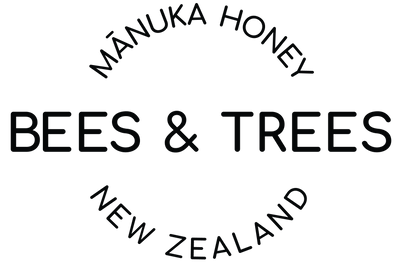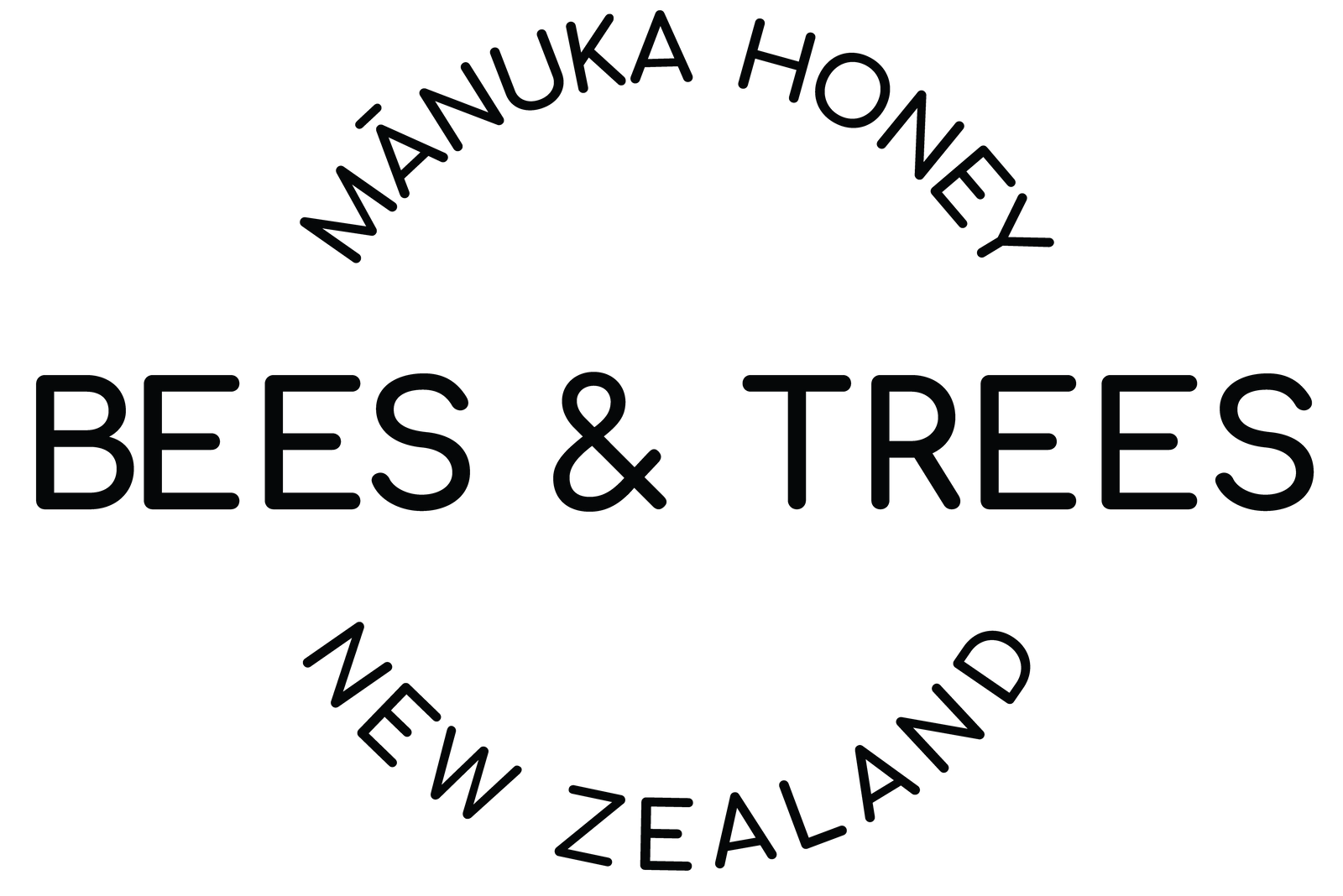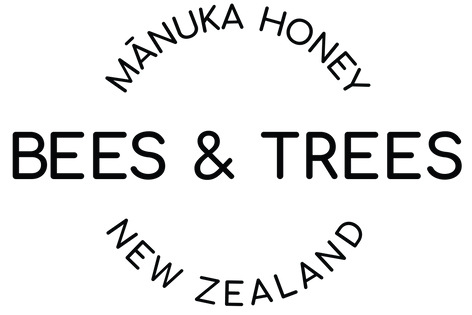Would you buy gold without knowing its purity and carat content? Of course not, you wouldn’t know what it’s worth – you wouldn’t know what you are buying. Similarly, why would you buy Manuka Honey without knowing the amount of  methylglyoxal (abbreviated as MG, Manuka honey’s unique ingredient that makes it so potent). You wouldn’t. Or at least, you shouldn’t. When it comes to buying Manuka honey, you really need to know what you’re getting or you could end up disappointed with the results, and paying too much for an inferior product. Several of the best-selling, best-promoted, most popular brands do not properly convey the amount of MG on their labels, fooling you into thinking you’re getting something that you are not. Sound outrageous? It is. And yes, you should be outraged. There is one thing for sure – the science is clear, and easy to follow. There is ONE thing to look for on the label of a jar of Manuka honey.
methylglyoxal (abbreviated as MG, Manuka honey’s unique ingredient that makes it so potent). You wouldn’t. Or at least, you shouldn’t. When it comes to buying Manuka honey, you really need to know what you’re getting or you could end up disappointed with the results, and paying too much for an inferior product. Several of the best-selling, best-promoted, most popular brands do not properly convey the amount of MG on their labels, fooling you into thinking you’re getting something that you are not. Sound outrageous? It is. And yes, you should be outraged. There is one thing for sure – the science is clear, and easy to follow. There is ONE thing to look for on the label of a jar of Manuka honey.
Methylglyoxal Content
The value of active Manuka honey is based on the concentration levels of methylglyoxal (MG) contained in the honey. Manuka honey has strong antibacterial properties that are unlike ordinary floral honeys, and scientists believe that MG is the primary factor that gives Manuka honey its uniqueness. In 2008, Professor Thomas Henle at the Technical University of Dresden in Germany set out to isolate what it was in Manuka honey that was producing this antibacterial affect. He isolated a compound called methylglyoxal (MG) and stated that his findings “clearly demonstrate that the pronounced antibacterial activity of New Zealand Manuka honey directly originates from MG.” (1)
Manuka honey is the ONLY honey in the world with meaningful levels of MG. The amount of MG in a Manuka honey determines its value. If your honey has low levels (or no levels) of MG, it really shouldn't cost you more than any other table honey.
MG/UMF Concentration Ratings
MG concentrations are generally range from 0-600. There are values higher than 600 MG, but those honeys are extraordinarily expensive. A Manuka honey is considered to be medically active at 100+ MG. There is another rating system used that you may be familiar with – the UMF scale. This is another legitimate way of rating the activity level of of Manuka honey, and that is with a UMF number. UMF  means “Unique Manuka Factor”, it is a term trademarked by the Unique Manuka Factor Honey Association in New Zealand. (2) A UMF number correlates directly to the MG content and ranges from 0-20 (see chart). UMF honey must also pass two other quality checks, HMF and Leptosperin. Bottom line is that the MG or UMF number should be on the label - period. If it isn’t on the label, you don’t know what you are getting – period. If the label has a number, but doesn’t have the actual word methylglyoxal or the actual letters “MG” or “UMF”, it isn’t MG or UMF – period. If you are a Manuka honey brand and you have MG in your honey, you absolutely PUT IT ON THE LABEL. There are, quite simply, no departures from this standard.
means “Unique Manuka Factor”, it is a term trademarked by the Unique Manuka Factor Honey Association in New Zealand. (2) A UMF number correlates directly to the MG content and ranges from 0-20 (see chart). UMF honey must also pass two other quality checks, HMF and Leptosperin. Bottom line is that the MG or UMF number should be on the label - period. If it isn’t on the label, you don’t know what you are getting – period. If the label has a number, but doesn’t have the actual word methylglyoxal or the actual letters “MG” or “UMF”, it isn’t MG or UMF – period. If you are a Manuka honey brand and you have MG in your honey, you absolutely PUT IT ON THE LABEL. There are, quite simply, no departures from this standard.
Manuka Honey Pretenders
If you don't see actual MG or UMF ratings on the label, you need to be asking yourself "Why not?" The answer is simple—they just don't have it. The biggest offenders among the Manuka honey brands are those you would not suspect. The jars say "Manuka Honey" all over the label, and many contain words like "Bio Active 15+" or "K Factor 16" that are intended to make you think they are MG/UMF ratings, but in fact, they are nothing more than words and numbers on a page. Some honeys will also mention other scientific/compound disclosures, including DHA. While DHA is a component in real Manuka honey, the levels do not at all correspond to the MG levels. Putting DHA on the label is just another attempt to fool you. The same can be said for disclosures about pollen count or pollen percentage—they aren't accepted standards for measuring the activity of Manuka honey.
Imagine someone showed up to sell you gold jewelry. You look at the label, and it reads "contains real gold" or "this gold is rated a 10+", but there was no indication about the real purity or carat content. What would you think? Would you buy that gold? Probably not. The same goes for real Manuka honey. Don’t buy it if you aren’t certain what’s in it.
Manuka Honey – Worth the Effort
Manuka honey’s host of synergistic properties make it one of Nature’s most potent superfoods and well worth the effort of understanding what is legitimate and what is not. When looking at a Manuka honey product label, just be sure it has the actual methylglyoxal (MG) level or the UMF rating. Anything else can’t be trusted. If still in doubt or you have a question not covered in this article, just ask us; we are happy to help.
100% Active Manuka Honey
At Bees & Trees Manuka Honey, we are on a mission to bring understanding and assurance to you as the consumer. We put the MG content right on our jar. We are happy to provide our independent lab test to you for each and every batch of honey that we produce showing the actual MG content. We are a licensed New Zealand Fernmark company. When you buy Bees & Trees Manuka honey, you can be confident that you're getting the real thing. You deserve to know and to get what you are paying for.
happy to provide our independent lab test to you for each and every batch of honey that we produce showing the actual MG content. We are a licensed New Zealand Fernmark company. When you buy Bees & Trees Manuka honey, you can be confident that you're getting the real thing. You deserve to know and to get what you are paying for.
Understanding the MG content and ensuring the authenticity of Manuka honey is crucial, not just for its general health benefits but also for its specific applications. Learn more about the medical benefits of Manuka honey in wound care, where its unique antibacterial properties play a critical role.
Click here to order a jar of Bees and Trees Manuka honey today.
(1) http://onlinelibrary.wiley.com/doi/10.1002/mnfr.200700282/abstract
(2) http://www.umf.org.nz/grading-system-explained/





